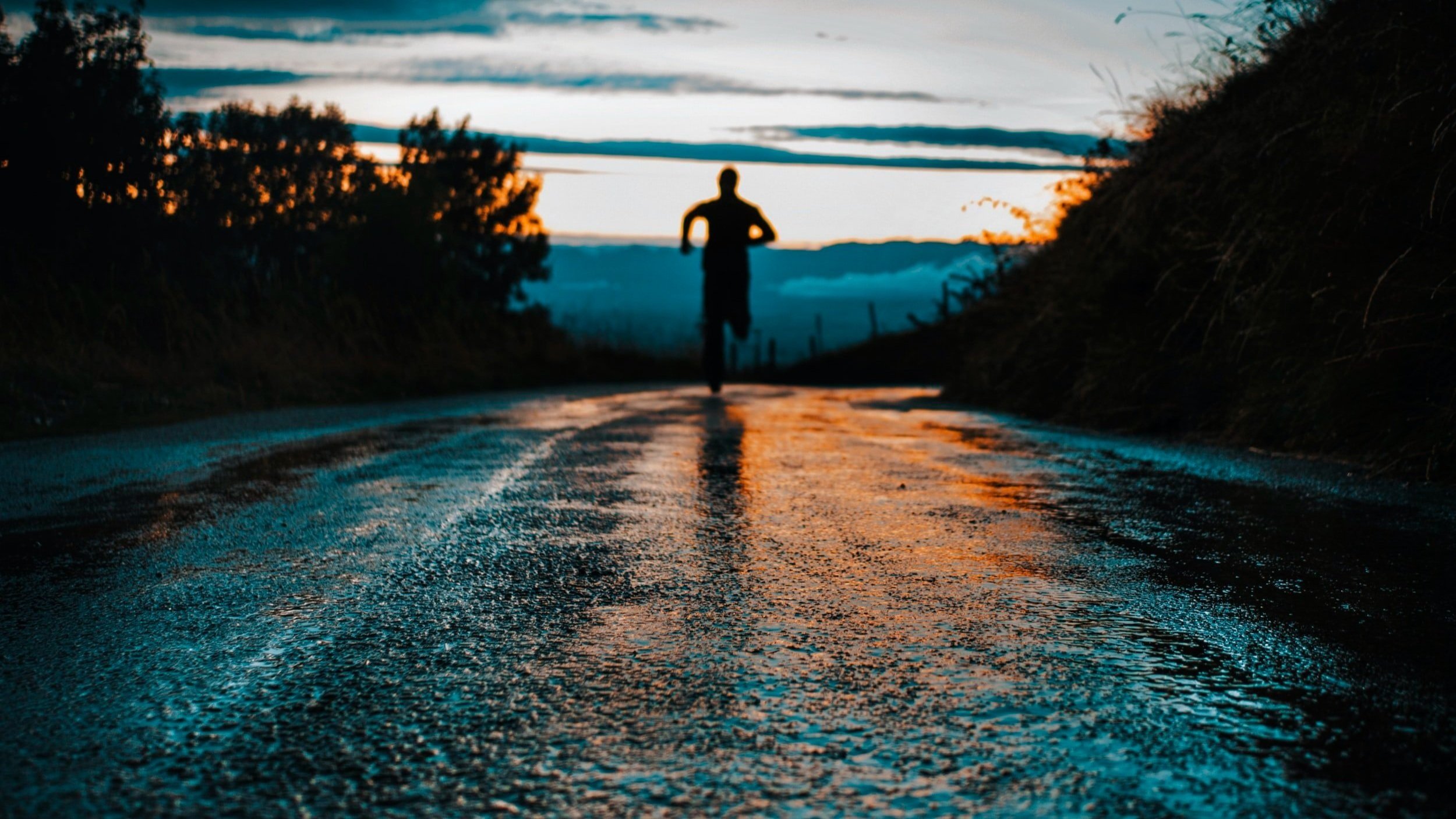
News & Articles

Podiatry and Fall Prevention: How Foot Health Plays a Vital Role
Falls are a leading cause of injury, disability, and even death, especially among older adults. While falls can result from various factors, foot-related issues often play a significant role in increasing the risk of falls. Podiatry, which focuses on diagnosis and treatment of foot and ankle disorders, plays a crucial role in fall prevention by addressing common foot problems and improving overall foot health.

Dark Spots on Nails – What Is Melanonychia
Melanonychia is a condition characterized by dark pigmentation or discoloration of the nails, typically affecting one or more nails. While melanonychia is often benign, it can sometimes be a sign of an underlying medical condition or pathology.
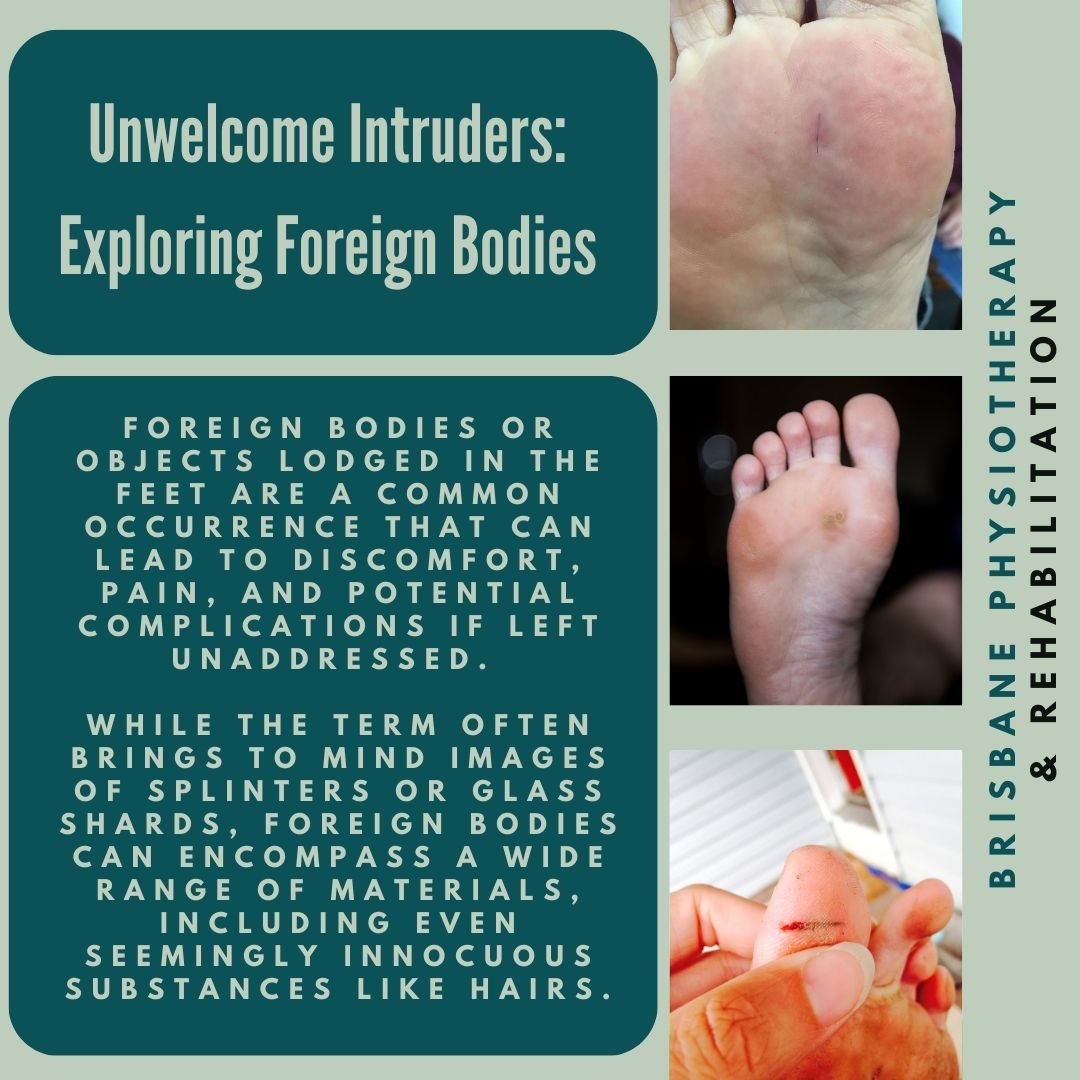
Unwelcome Intruders: Exploring Foreign Bodies in the Feet
Foreign bodies or objects lodged in the feet are a common occurrence that can lead to discomfort, pain, and potential complications if left unaddressed. While the term often brings to mind images of splinters or glass shards, foreign bodies can encompass a wide range of materials, including even seemingly innocuous substances like hairs.
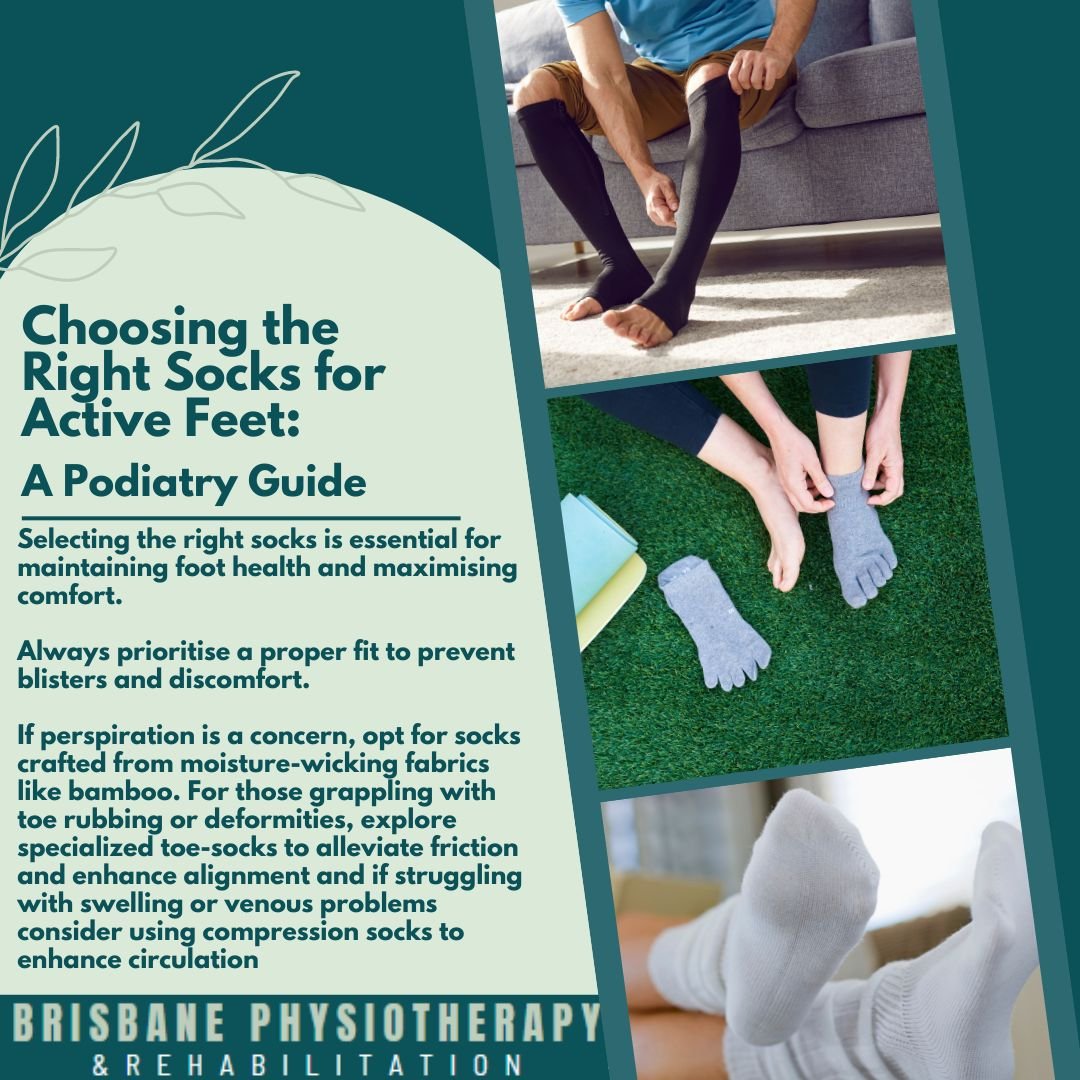
Choosing the Right Socks for Active Feet: A Podiatry Guide
Selecting the right socks is essential for maintaining foot health and maximising comfort during running, walking, and other physical activities. Choose socks made from moisture-wicking materials with adequate cushioning and support to reduce friction, absorb impact, and promote proper foot alignment. Consider specialised options such as compression socks for improved circulation and always prioritise a proper fit to prevent blisters and discomfort. Consult with a podiatrist for personalised recommendations tailored to your specific foot concerns and activity level.
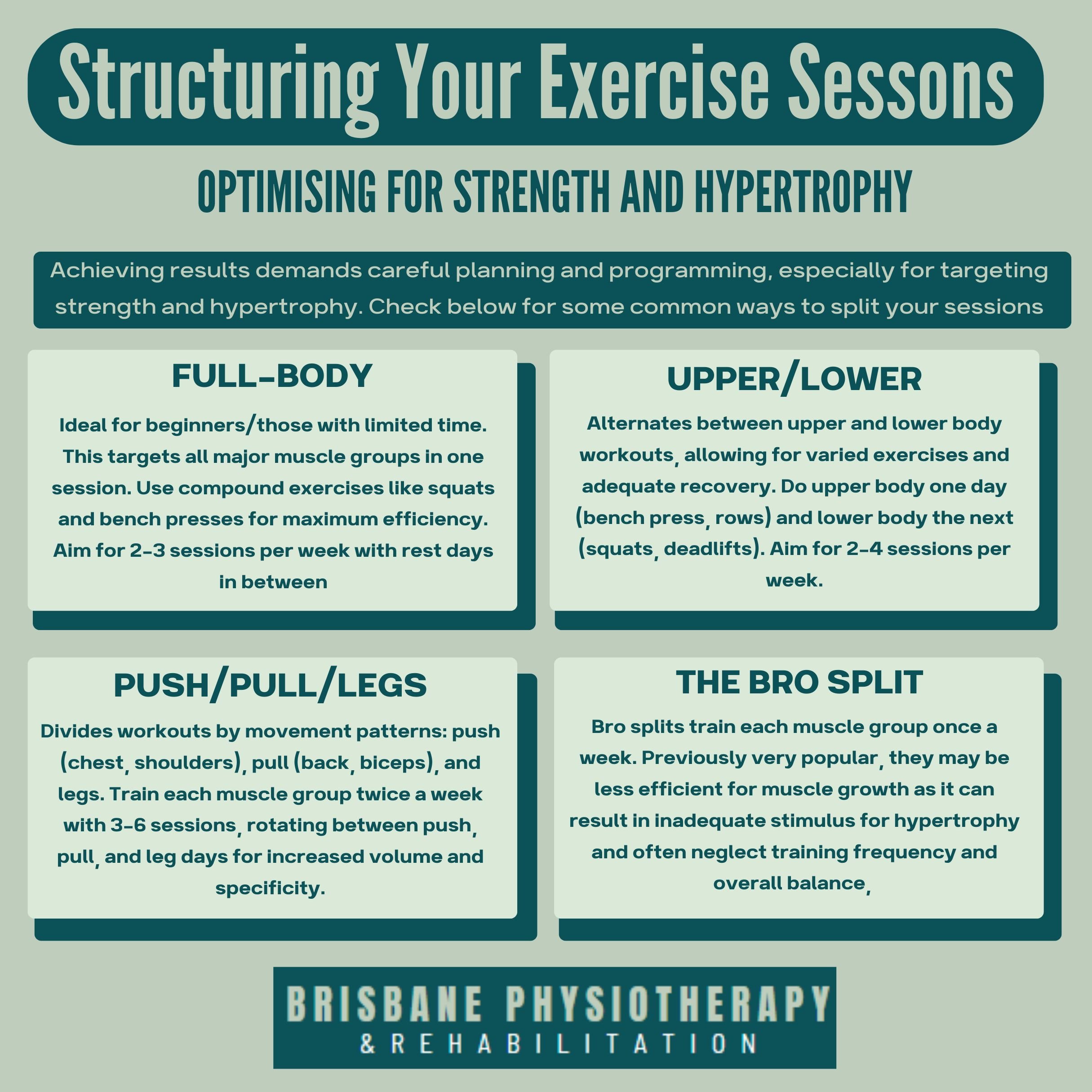
Gym Splits - Structuring Exercise for Strength and Hypertrophy
Structuring your gym sessions for strength and hypertrophy requires careful planning, consistency, and attention to recovery. Choose a training split that aligns with your goals, preferences, and schedule, and prioritise proper nutrition, sleep, and recovery strategies to support muscle growth and adaptation. With a well-designed training program and commitment to consistency, you can maximise your gains and achieve your fitness goals effectively.
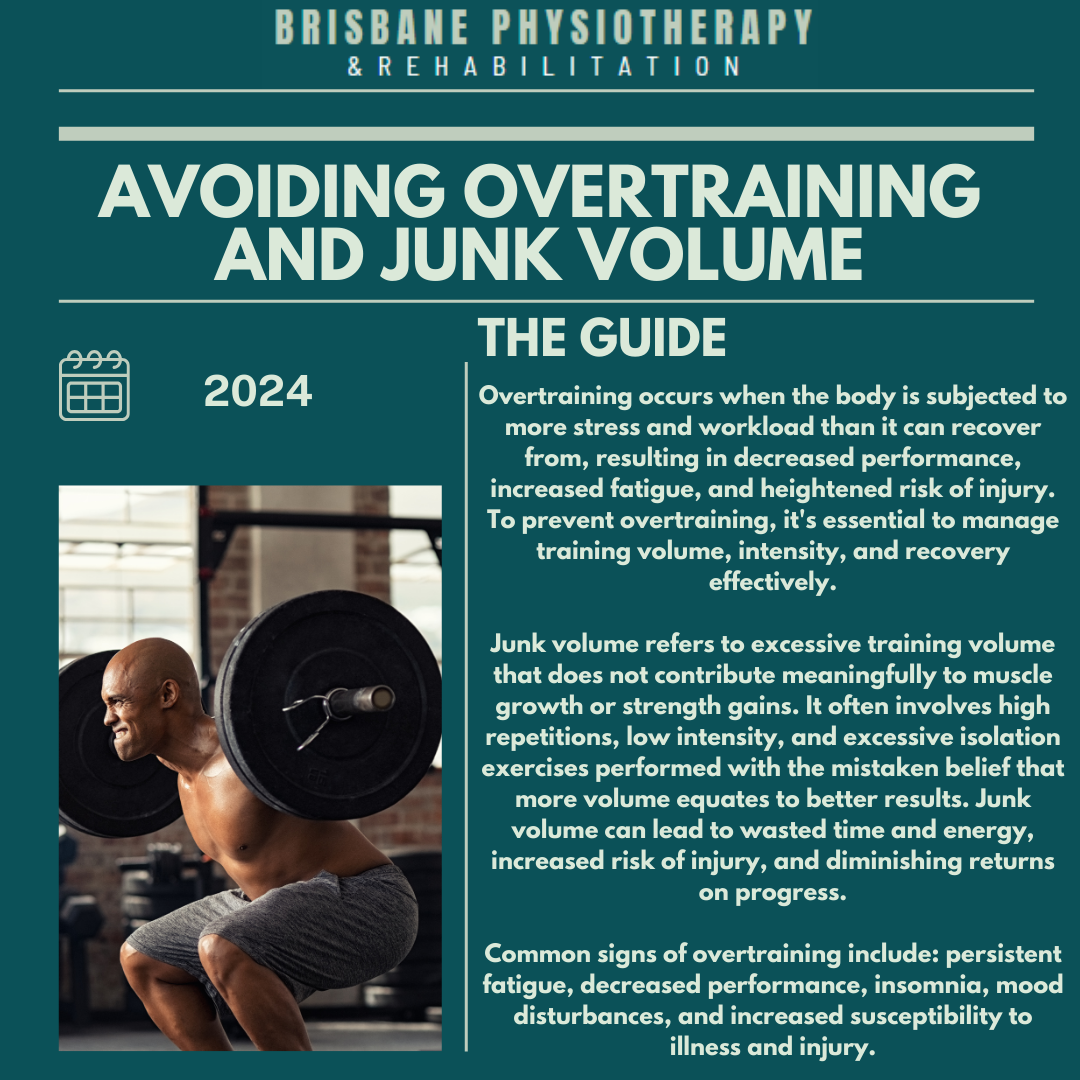
Avoiding Overtraining and Junk Volume
In the quest for muscle growth and rehabilitation, it's crucial to strike the right balance between training intensity and volume. While pushing yourself in the gym is essential for stimulating muscle adaptation, excessive training volume without adequate recovery can lead to overtraining syndrome and hinder progress.
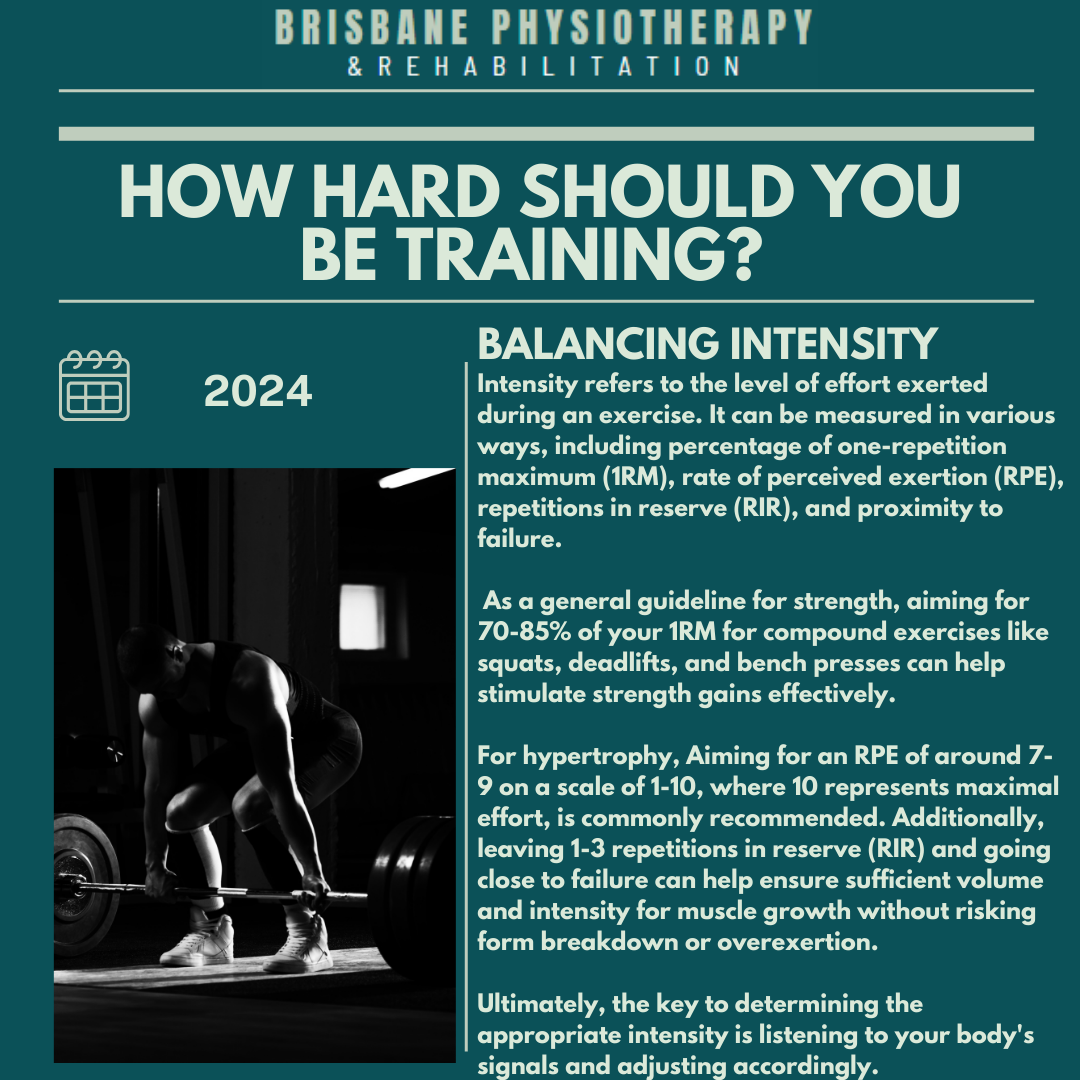
How Hard Should You Be Training – Balancing Intensity
Intensity in the context of strength and hypertrophy training refers to the level of effort exerted during an exercise. It can be measured in various ways, including percentage of one-repetition maximum (1RM), rate of perceived exertion (RPE), repetitions in reserve (RIR), and proximity to failure.

Exploring the Squat: Different Types and Their Targeted Muscle Groups
The squat is a fundamental exercise in strength training, known for its effectiveness in developing lower body strength, power, and muscle mass. However, there isn't just one type of squat—variations exist, each with its own unique benefits and targeted muscle groups. In this guide, we'll explore the different types of squats and their indications for use.
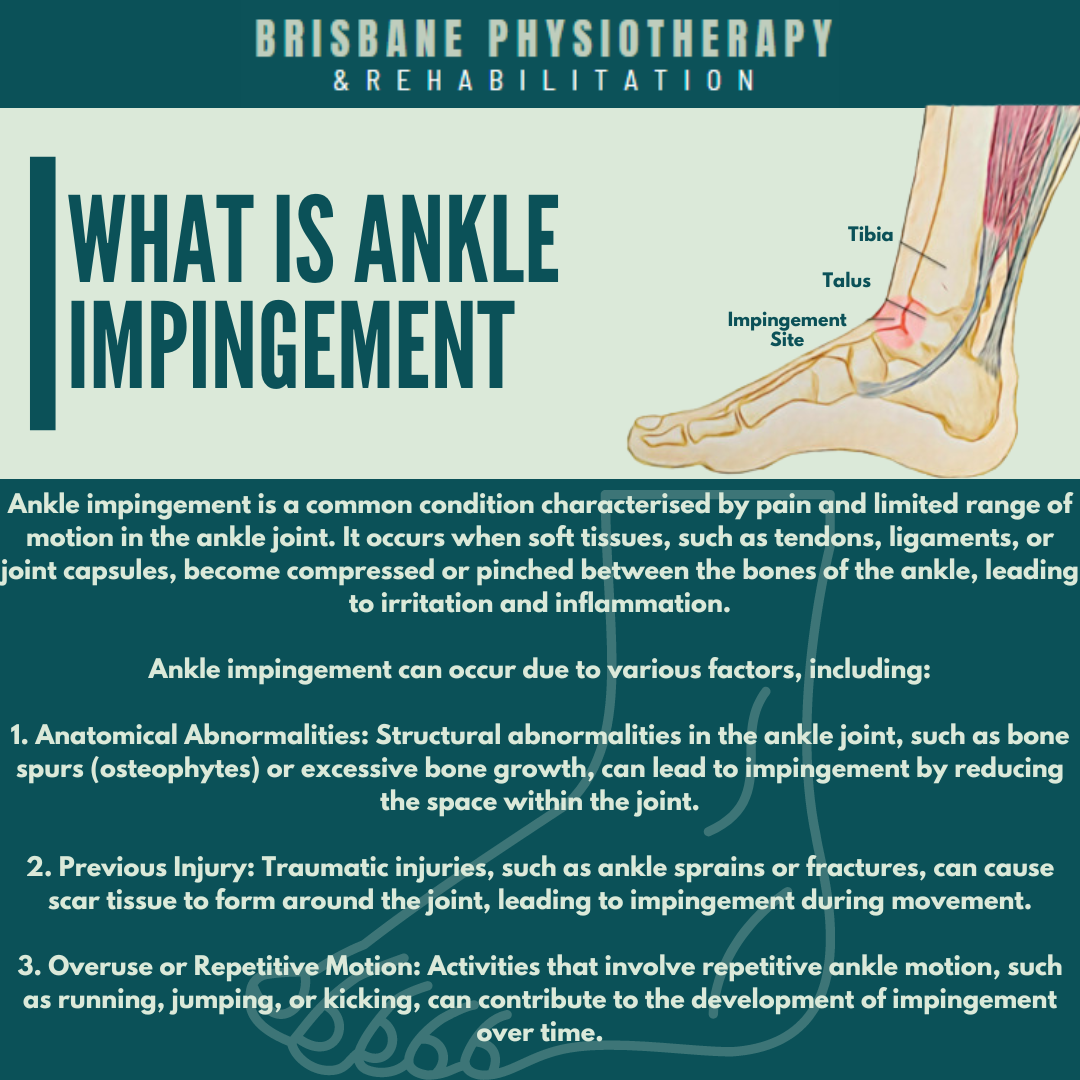
What Is Ankle Impingement
Ankle impingement is a common condition characterised by pain and limited range of motion in the ankle joint. It occurs when soft tissues, such as tendons, ligaments, or joint capsules, become compressed or pinched between the bones of the ankle, leading to irritation and inflammation.
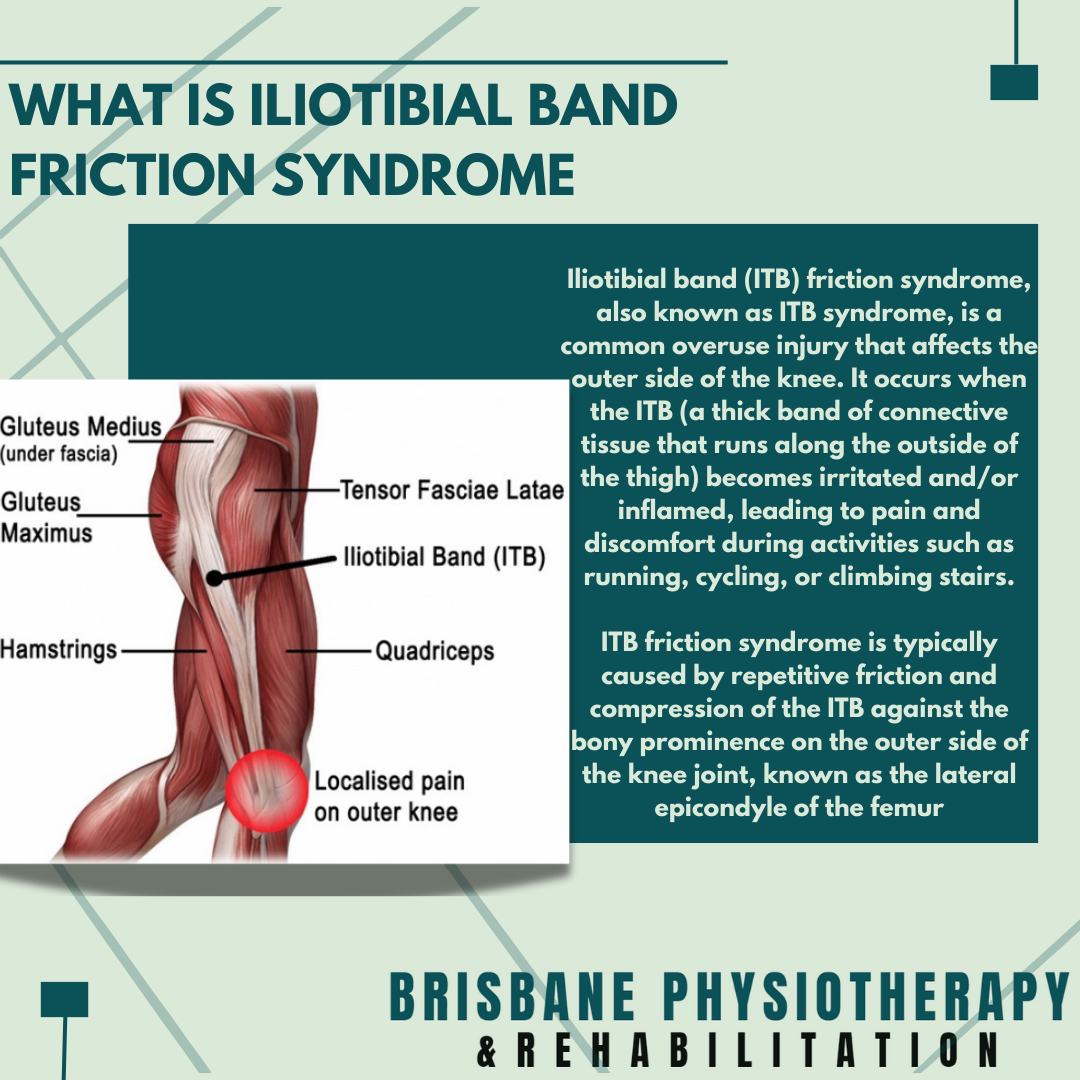
What is Iliotibial Band Friction Syndrome?
Iliotibial band (ITB) friction syndrome, also known as ITB syndrome, is a common overuse injury that affects the outer side of the knee. It occurs when the ITB—a thick band of connective tissue that runs along the outside of the thigh—becomes irritated and/or inflamed, leading to pain and discomfort during activities such as running, cycling, or climbing stairs.